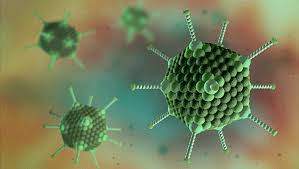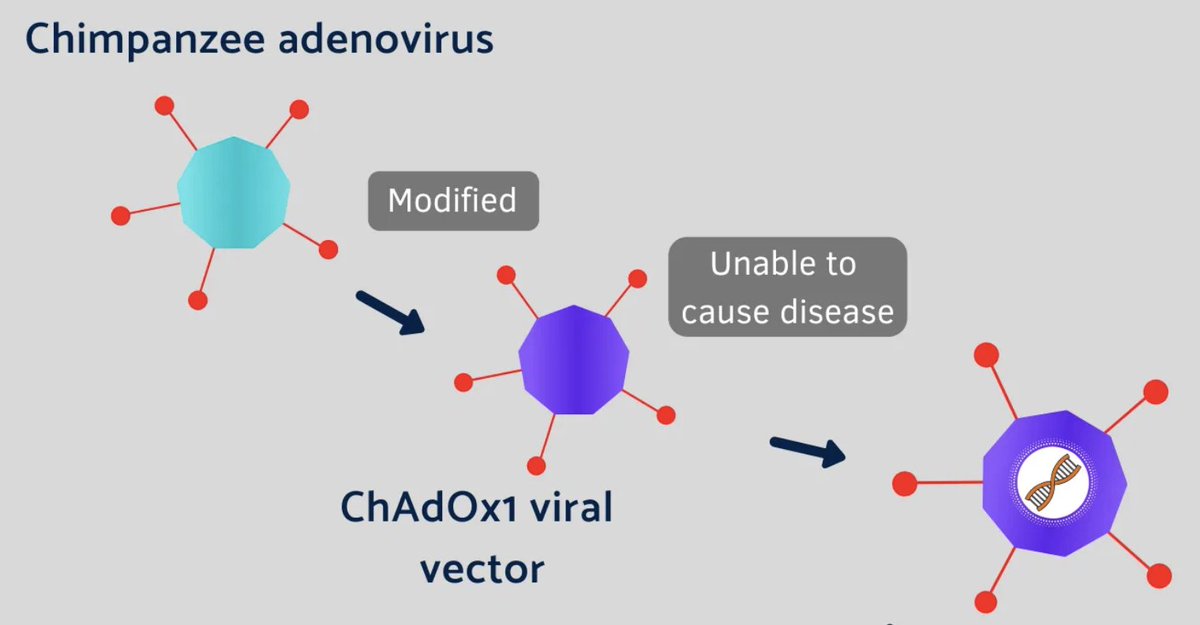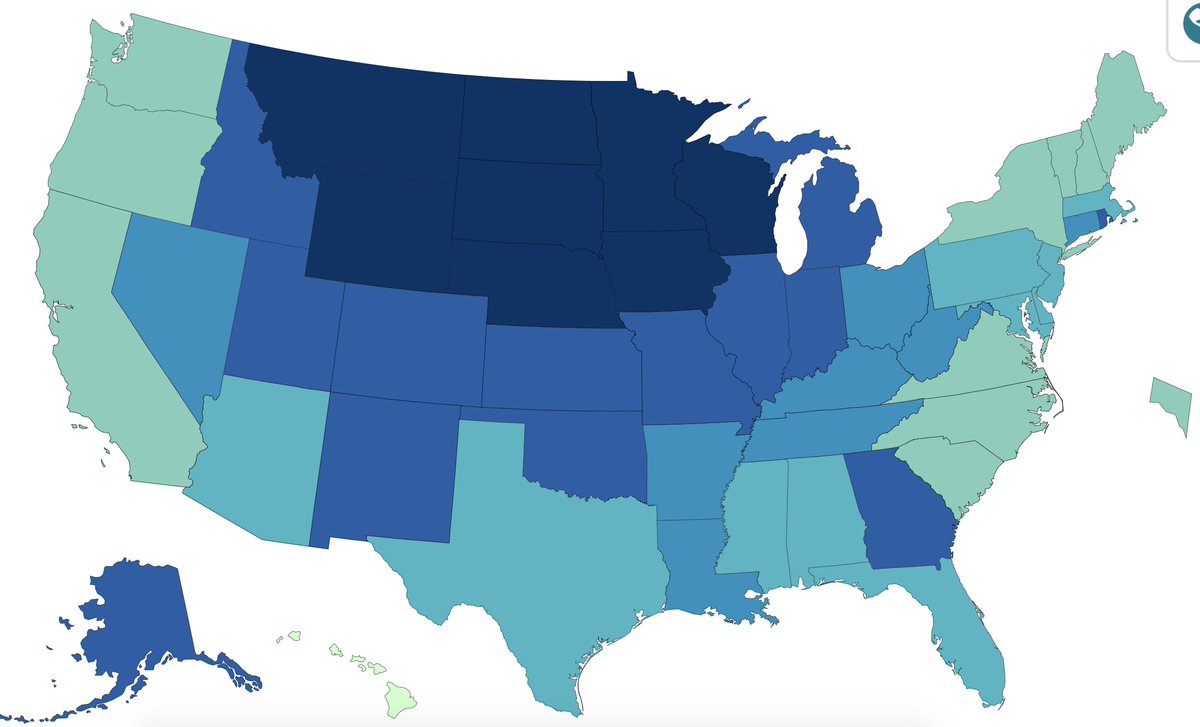
1/📌COVID-19 neurological challenges: while respiratory problems receive most attention, nearly 10-35% survivors suffer disabling, persistent neurological symptoms. Patients w/altered mental health hospitalized 3X times longer; 2/3 unable to manage daily activities at discharge🧵 

2/Underlying causes are complex. Low oxygen; metabolic irregularities. Inflammatory response in the brain—activation of microglia & cytotoxic T cells—and other signs of neuropathy have also been observed. 

3/Loss of smell/taste: 40-60% of patients develop loss of smell; ~90% have alteration of smell. Many recover sense of smell, others have more severe cases, possibly permanent loss of smell. Virus invades cells in vicinity of olfactory nerve; unclear if it directly invades nerve 

4/Long COVID: ~10-35% suffer persistent symptoms, mostly neurological: autonomic nervous system dysfunction, sleep disturbance, pain syndromes, dizziness, cognitive difficulties. In one series of hospitalization, 1/3 suffered memory loss post-discharge/
sciencedirect.com/science/articl…
sciencedirect.com/science/articl…
• • •
Missing some Tweet in this thread? You can try to
force a refresh
















